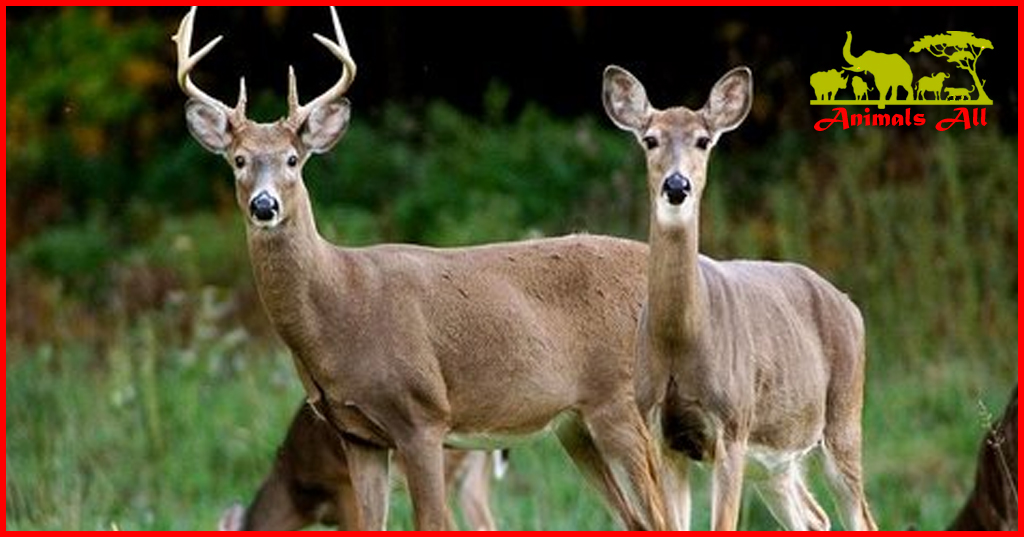
Does a doe have horns on her head?
Whether female deer have horns varies by species. Most female doe are antlerless, saving energy for survival and reproduction. However, female reindeer and moose have horns, which they use for defense and digging for food. These differences show the role of natural selection and sexual differences in shaping species.
To answer this question, we first need to clarify the category of “female deer”. In the deer family, males usually have obvious horns as weapons for fighting during the mating season. The situation is different for females, that is, female deer. Most species of female deer, such as white-tailed deer, sika deer, etc., are hornless . They usually do not develop horns because they do not need to participate in fierce intraspecific fighting.

However, nature is full of exceptions. In certain species of deer, female deer also have antlers. For example, the females of reindeer and moose have antlers. Although these female deer’s antlers are much smaller than those of male deer, they are just as strong and are used to protect themselves and their young from predators.
Reindeer mothers have particularly distinctive features, not only do they have horns, but they also play an extremely active role in herding their young. The horns of female reindeer are smaller and less branched, but they provide a necessary means of defense for survival in the harsh environment of the Arctic. In fact, the horns of reindeer mothers are more used to dig for food, such as grass and moss under the snow, and as a defense tool against natural enemies.
Female moose
On the other hand, female moose also have horns, which are used for their own protection and to protect their offspring. The horns of female moose are relatively large and they add a new point every year, similar to male moose, although their horns are relatively rougher.

This difference between the sexes shows how natural selection shapes species based on the demands of reproduction and survival. For most deer species, the antlerlessness of female deer may be related to saving energy for other tasks related to survival and reproduction. For species like reindeer and moose, however, female deer antlers are part of their adaptation to harsh environments.
When we ask the question, “Do do deer have horns?” we enter a complex and fascinating biological realm filled with stories of natural selection, environmental adaptation, and sexual differences. Although most doe do not have horns, those that do provide us with vivid examples of the diversity of nature, demonstrating the profound logic and fascinating charm behind biodiversity.
By understanding these differences, we not only gain knowledge, but also a greater appreciation for the unique designs of nature. The next time we go out into the wild and see a graceful deer roaming the woods, we will have a better understanding of the stories behind these beautiful creatures and how they have adapted to their respective environments.

One thought on “Does a doe have horns on her head?”
Comments are closed.